Sunstroke in Children: Prevention and Tackle, a Complete Guide! [Infographic]
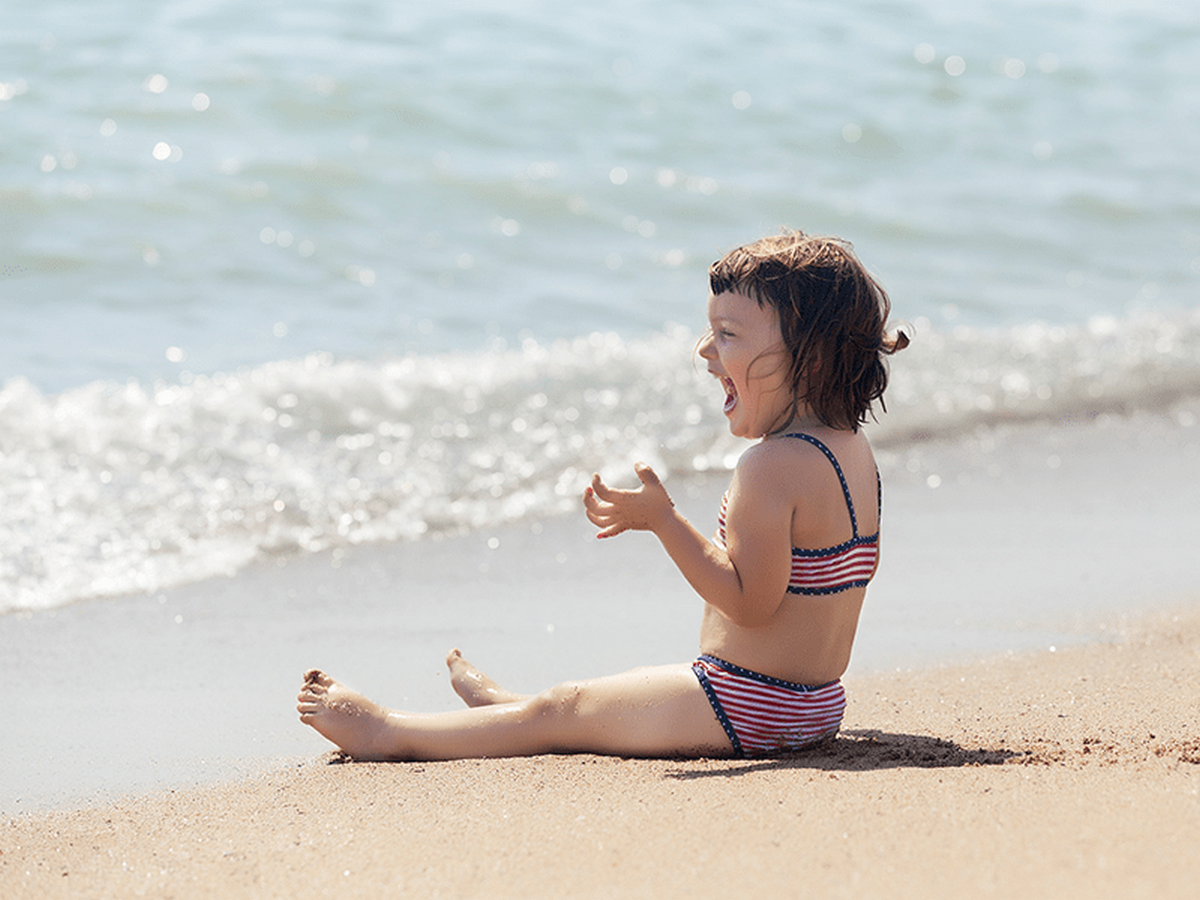
Summer is here and high temperatures have already made an impression! Kids are desperate to spend time outside and if they could they would have been all day under the sun! But something like this can be dangerous, as the sun apart from friend can also be an enemy.
Sunstroke is a pretty dangerous situation depending on the symptoms. Exposure of children to the sun for a long time may cause them to suffer from sunstroke. The reason this phenomenon is more common in younger ages is because the bones in the head as well as the skin are thinner, so if not properly taken care overexposure to sun can lead to hyperthermia or otherwise sunstroke!
Table of Contents
Sunstroke – Symptoms
When sunstroke occurs, there are some symptoms that are good to spot immediately:
- Intense head and skin redness
- Quick Breathing
- Increased pulses
- Weakness and tiredness
- Headache
- Dizziness and feeling faint
- Nausea and vomiting
- Fever (38-39 ºC)
- Bubbles in the skin
Symptoms may be moderate, or severe. So they can start with a slight headache, increased pulse and breathing and worsen with weakness, nausea and fever.
In severe sunstroke fever can reach even 40-41ºC, which can lead to brain damage. Still there may be urination problems or unintentional defecation. If it is not treated directly, the child may experience spasms or hallucinations.
Sunstroke – Treatment
When we are at high temperatures, our body in order to protect us reduces its burns, increases sweating as well as breathing rate. However, prolonged exposure to the sun may disrupt its homeostatic mechanisms, resulting in sunstroke!
Symptoms of sunstroke may appear even later in the day when the child is back home. If you find one of these, follow these steps:
- Transfer the kid to a shady place or a cool room.
- Put a wet towel on the head and neck and often refresh the compresses.
- Give it slowly enough cool, but not frozen beverages without sugar, preferably isotonic. You can also give something salty at the same time to replenish the salt you lost with sweat.
- Remove his clothes or wear him something comfortable
- It is advisable not to be completely horizontally, but in a semi-position to reduce pressure on the head.
- If the fever does not fall, you can give some antipyretic medicine.
- If you notice bubbles on the skin or the symptoms do not subside for more than half an hour, call your doctor or go to the nearest medical center.
Generally, symptoms of sunstroke usually last for 2-3 days, so it is good for the child to stay in a cool place, sleep well and drink plenty of fluids to recover faster.
Sunstroke – What can I do to prevent it?
To prevent unwanted sunstroke, be sure that your child is not exposed to the sun for a long time, especially in the summer months and in the afternoon, especially between 11.00 and 18.00.
The child should learn to take care of himself, even if you are not there, such as at school or in outdoor activities with other children. Educate him to always wear a hat in the sun and drink plenty of water or fresh juices. If he does not feel well he should learn to stay under a shade and ask for help.
Prefer hats covering the neck as well, since it is an area much exposed to the sun. Avoid leaving the children alone in the car without air conditioning or supervision, while in the long distances with the car tell him to sit on the carside that has a shade.
Which children are most at risk of sunstroke?
Although all children are a high-risk group, there are some cases that require particular attention, such as:
- overweight children
- those who have hypotension or some cardiovascular problem
- those that are malnutritioned (not adequately fed) and are in poor physical condition
- children who are in chronic medication
- those suffering from chronic conditions, such as diabetes or brain dysfunctions
Generally, the younger the child, the more sensitive becomes under the sun. We should not forget that they do not have the same stamina as us and they do not know this. Give them sunscreen, hats, water and juicy fruits and enjoy the summer with them !!!
Find in Vita4you.gr plenty of sunscreens for children!
Bibliography
https://kidshealth.org/en/parents/heat-exhaustion-heatstroke-sheet.html
Disclaimer
The content of this blogspot is not and can not be considered as medical advice, diagnosis or treatment. All information is provided to readers solely for informational purposes. There is no intention to substitute this content for personalized medical advice, diagnosis, prognosis or treatment.

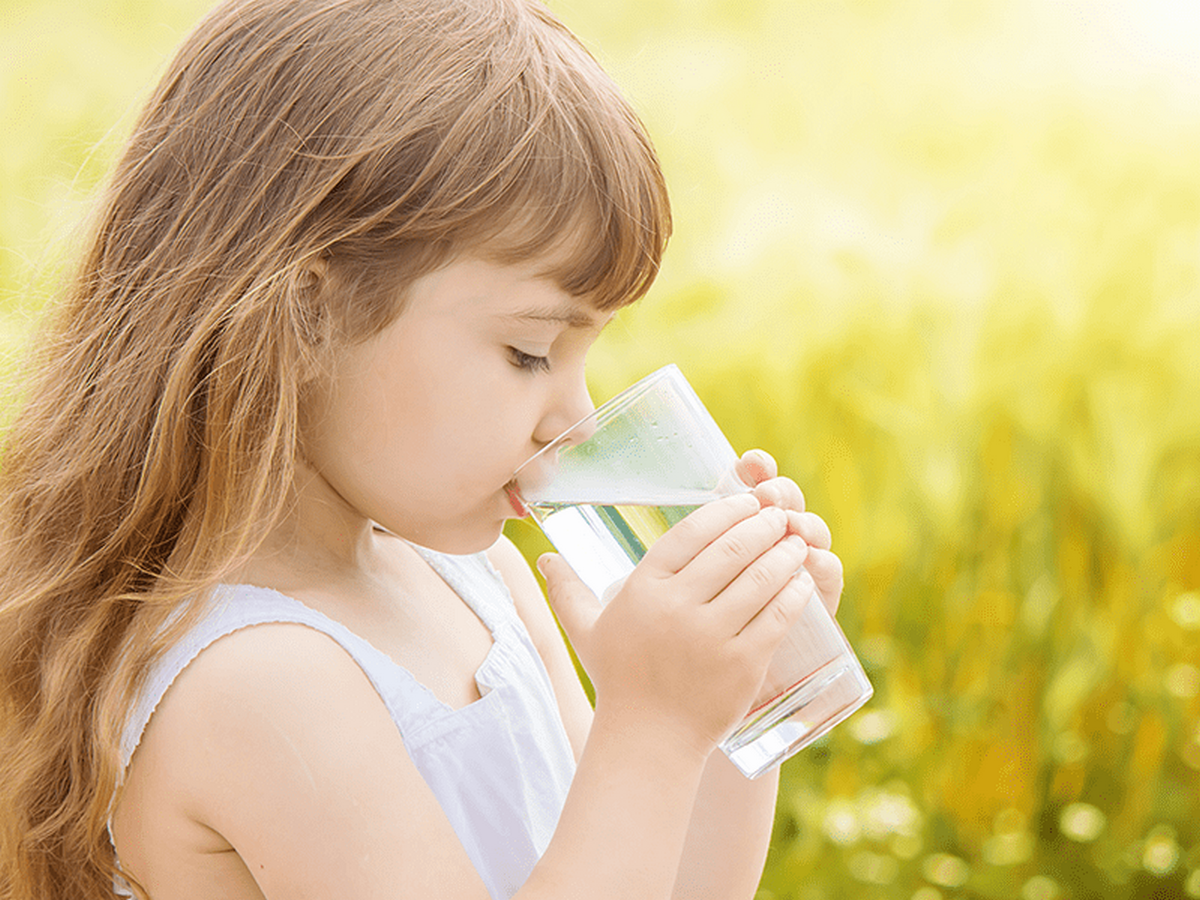

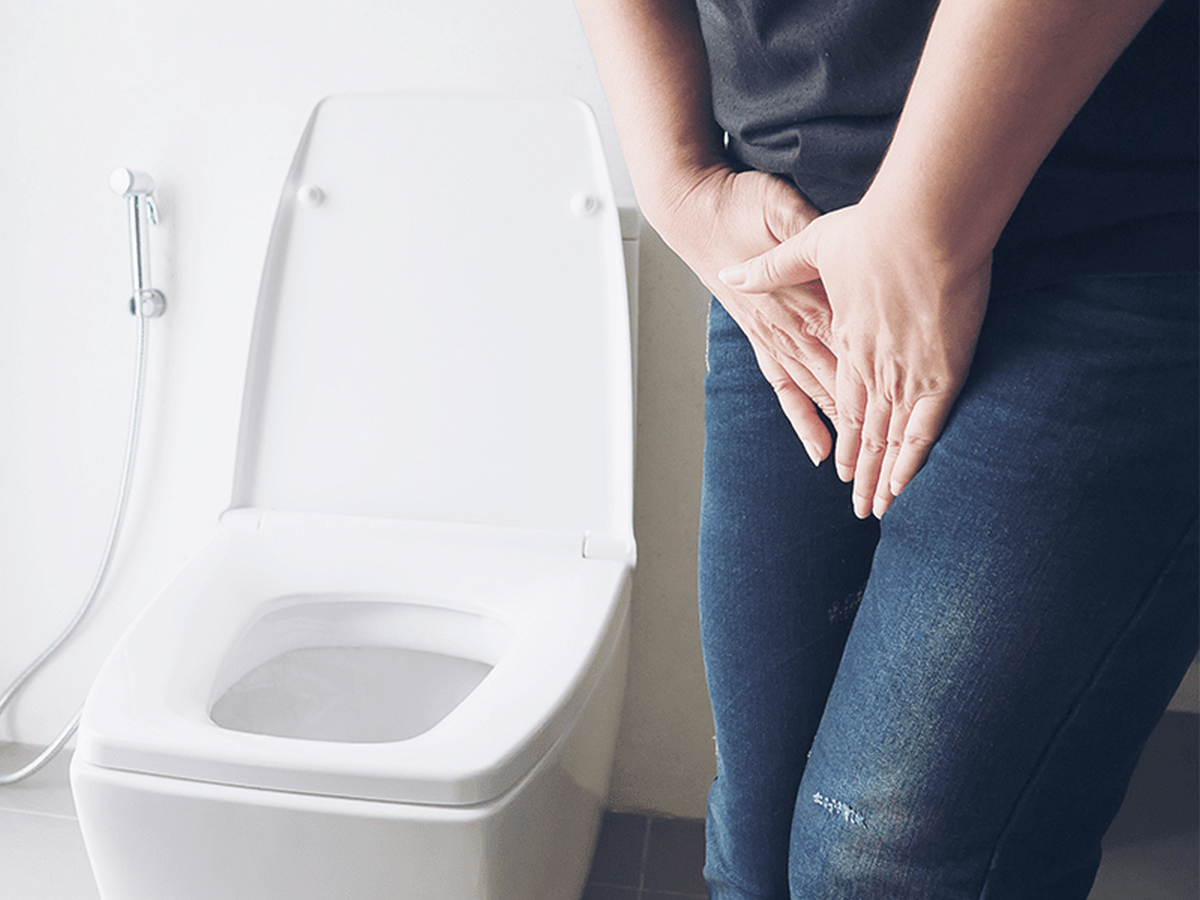
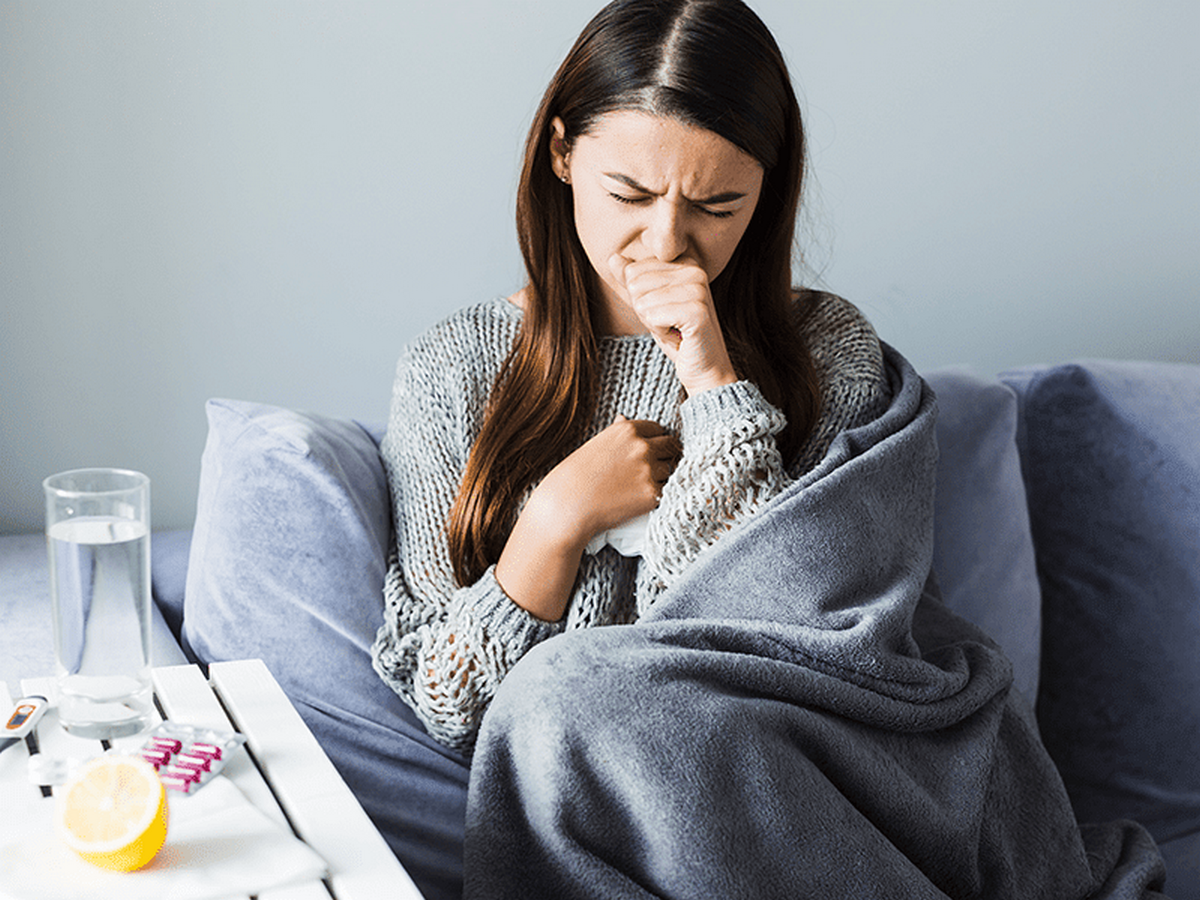



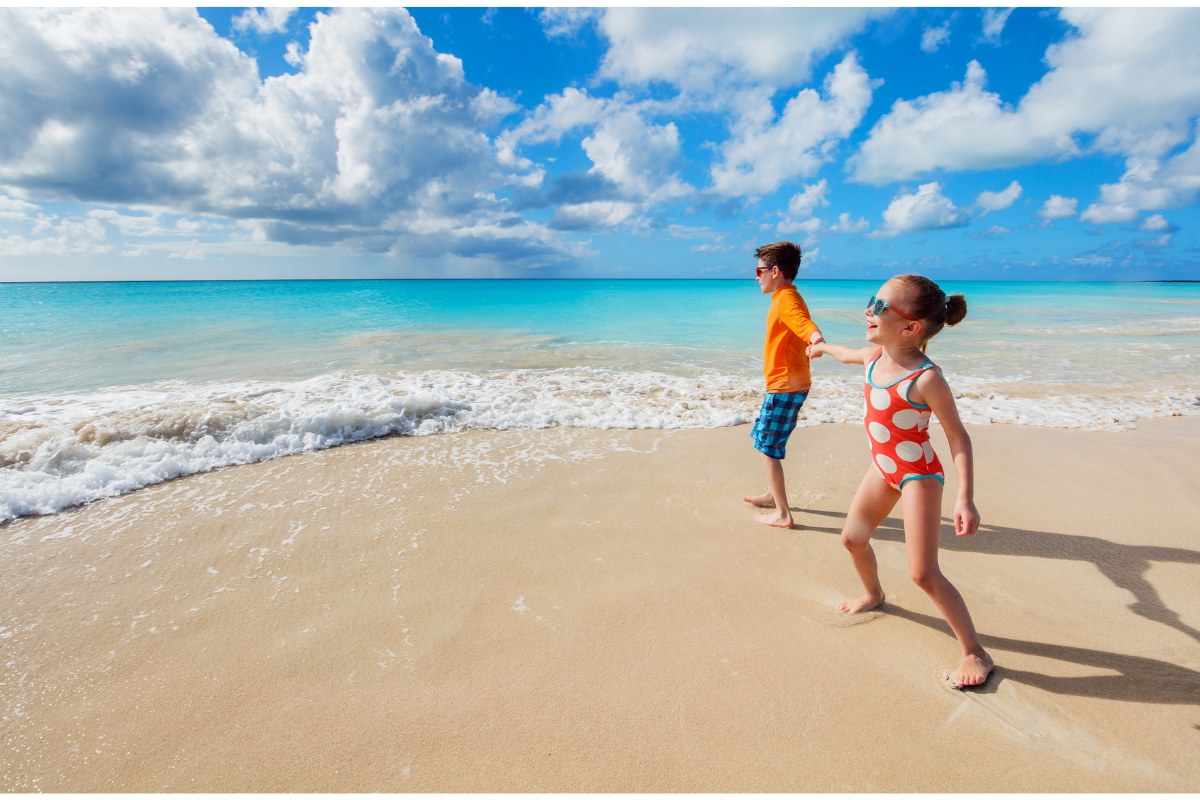
Leave a comment